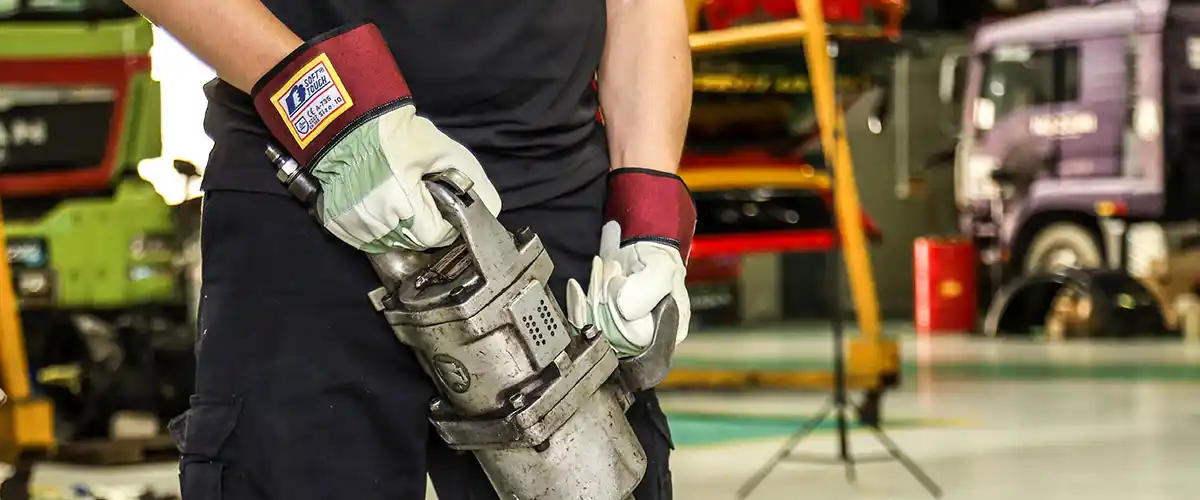

There is a perfect glove for every task. A glove that makes the job easier, more comfortable, and - most importantly safer. You just have to find it.
Here is a good guide with three steps that make it easier to find the right one.
Begin by identifying what types of tasks where the gloves will be used. Then try to assess the hazards and risks associated with them. A risk assessment should in most cases be made by a qualified person such as a safety officer.
Mechanical protection - the most common scenario is that the gloves will protect against mechanical hazards such as cuts, scrapes, stings and similar. EN 388 tested gloves, have levels of protection for mechanical hazards so that it is easier to assess if the glove is properly tailored to the risks.
Protection against chemicals - if the tasks consist of handling chemicals. If the chemicals are aggressive, our list (page 128-131) is a good tool to find suitable glove materials to protect in the right way and for an adequate amount of time. Gloves tested according to EN 374 have documented protection against chemicals, making it easier to see which gloves are appropriate.
Product protection - sometimes it’s just as important to protect the product as it is to protect your hands. For example, handling sensitive electronics, food handling or car assembly. Our icon guide (see page 4-7) gives a good overview of important characteristics the glove must have to provide the right product protective properties.
Protection against cold - outdoor jobs usually require a glove with lining, sometimes even with wind proof and water proof membrane if conditions are tough. For work in extreme cold, the gloves should be tested in accordance with EN 511.
Protection against heat - welders are amongst the most obvious occupations for this type of protection. Today welding gloves must be tested and EN 12477 approved to ensure that they provide adequate protection.
Carefully read the material information for the gloves since different materials provide different protection characteristics. Do you work with chemicals or need to protect products from fingerprints? Our materials guide (page 125-127) can be very helpful when choosing the right glove. Remember that each material has specific properties that make them suitable for different purposes. If the glove has special requirements, then the protection level must be determined by comparing the gloves with the relevant EN standard.
Compare the different factors to each other. Ergonomics, fingertip feeling, durability, flexibility and great fit are all important factors for both users and buyers. This, of course, includes the price. Want to go for a simple glove model with a normal life or a higher quality version that lasts longer? It often pays to invest in quality, quite simply because nobody wants to use what they consider to be bad gloves.
Correct hand protection can avoid injuries and the pay off is worth it!
Guide for choosing the right gauge - thickness
Guide for choosing cut resistant gloves